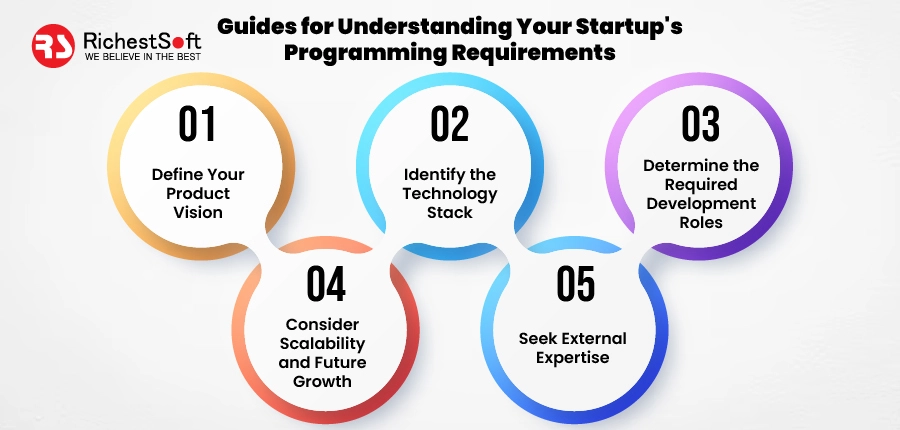What is low-code or no-code? Why have a plethora of people been talking about it recently? Is it anything about machines that are going to replace human coders? So don’t get the jitters and glide right into this article to update your knowledge stack.
Considering the fact that companies all across the globe come across different challenges, especially since the pandemic outbreak, and to overcome those challenges, more and more companies are heading towards low-code and no-code technologies. 64% of the organizations have depended on non-technical staff to relieve pressure on the IT department during COVID-19. Low code is significant to this effort. 77% of organizations are already using low-code technologies, whereas 64% of IT professionals believe that low code is their go-to work-around development solution.
For those of you who don’t know, low code is a way to visually structure, design, develop, and deploy software at a neck-breaking pace with minimal hand-coding.
Did you know that Microsoft has doubled down on its investments and efforts to become the world’s most comprehensive low-code application development platform over the past year? Moreover, 92% of Fortune 500 organizations utilize Power Apps monthly to swiftly acquire and offer their employees, customers, and partners first-class streamlined digital experiences on a governable, secure, and scalable platform.
Ultimately, low-code and no-code offer a way for developers to get more things done, spend less time spinning wheels, and more time creating. Sure, it’s fun to play with a cutting-edge NoSQL data store or to learn the latest faddish JavaScript framework, but while you are at it, your practicing low-code competitor has an MVP in front of customers.
The idea behind this technology is not about lessening the worth of developers or preventing them from getting hands-on experience with 4GL. Alternatively, this technology lends a helping hand to the team of developers. It lets them produce more value swiftly while drawing on their understanding of developing and maintaining high-quality and robust mobile, web, and enterprise applications. That’s why a low-code development platform can be a development team’s or developer’s best companion.
Are you curious to know more about this technology that has been on the tip of the tongue of many people lately? So without any further adieu, keep your eyes glued to this content till you reach the end.
Low Code vs. No Code
Low-code and no-code application development platforms enhance the overall speed of app development and allow developers to develop apps without excess coding. As a result, they improve productivity, effectiveness, and efficiency while stripping away operational expenses.
No-code application builders offer a simpler development environment of the two and play a pivotal role in boosting competitiveness. Such software uses drag-and-drop format to help developers create basic but completely functional applications. Such solutions permit people with limited to no coding experience to develop applications for companies that cannot depend on their internal IT department to develop solutions. Despite the fact that its simplicity improves the scalability of app development, no node has its own limitations. The more a company scales its development, the more innovations it can create, assisting them in developing strategies that ignite its competitive advantages.
While no-code application development is highly suitable for the simplest applications, low-code app development makes sure that the company’s developers produce the code faster, improving the accuracy of delivered solutions relative to internal business needs. Although, needless to say, both types of app development offer higher-value work for the developers and automate workflows, low-code further enables digital evolution for companies that are continuously striving to become more competitive and agile. If a company proves to be agile, it would be highly appealing to clients who expect an outstanding and modern customer experience.
Low-code app development boosts collaboration and customization: two enthralling productivity drivers that include significant business value to any company.
You must be wondering now what the future holds for this evolving technology. Aren’t you? So stick with us.
What’s to Expect in the Future?
Now that you have reached this part of the content let us astonish you with some jaw-dropping statistics.
According to the analysis of researchers, the international low-code development platform market revenue, which was $12,500.6 million back in the year 2020, is projected to witness a 31.3% compound annual growth rate (CAGR) during the decade (2020 – 2030) to surpass the figure of $190,792.6 million by the year 2030.
Ryan Berry, vice president and software architect with OneStream Software, claimed;
“I have come across predictions that application development requirements over the next five years will collectively exceed the number of applications developed over the last three to four years. That’s why low code technology is required, but there will always be the need for pro-developers to build solutions such as low latency, crucial APIs, and high-performance applications.”
On top of that, Gartner recently estimated that approximately 70% of new applications developed by top-notch organizations would utilize low-code or no-code technologies by 2025, which is considerably higher compared to 25% recorded back in 2020. Moreover, this tech-consulting firm also predicted that back in the year 2021 would experience 22.6% growth in the low-code development technologies market to strike $13.8 billion in total, and this prediction proves to be true.
At the heart of it all, low-code platforms appear to be in it for the long haul and are not going anywhere anytime soon. So the business case for low-code keeps building while the groundless fears that it cannot fulfill the requirements of the enterprise or that they are going to substitute human coders resume falling in the face of data to the contrary.
Organizations in this modern tech-oriented world should acquire a low-code platform that works best for them. They should go for the one built by a company with a consistent and compelling history of regular updates, improvements, and a roadmap that possesses future-looking functionality, for example, artificial intelligence and the capability of third-party tool integration. Then, neither the company nor the team will ever regret investing in low-code or no-code platforms.
Source link







Leave a Reply